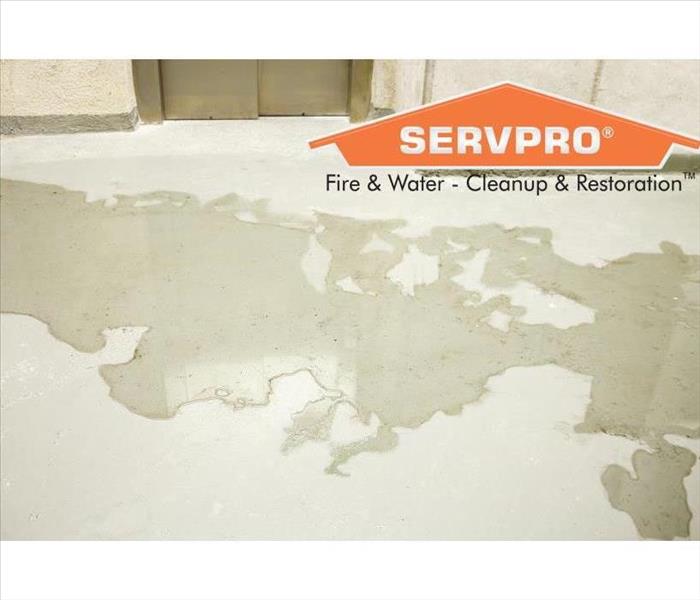How to Handle a Sewer Overflow Like a Pro
2/3/2020 (Permalink)
A sewer backup is probably the worst thing that could happen to a property owner. Whether it’s a sink or toilet overflow, the overwhelming number of bacteria and harmful viruses in black water can cause severe infections to people. So, here is a wastewater cleanup guide for people in Batavia, IL.
Preparing for a Sewer Cleanup
The first thing to do when dealing with a flooded toilet is gearing up for the job. The protective attire needed for this task include:
- Rubber gloves
- Eye protection
- Waterproof boots
- Impervious overall
The idea is never to touch fecal matter directly, no matter the situation. It is the only way to avoid allergic reactions and nasty infections. Also, you might want to bring bin bags, brushes and mops to help with the actual sewer cleanup exercise.
Getting Started
After wearing protective clothing, scrutinize the situation before starting the operation. Then decide if you should switch the electricity off or leave it on to help with air circulation (fans, air conditioners, and dehumidifiers).
Shovel most of the solid waste into double bin bags to prevent more disasters. Then use a mop and bucket to remove the remaining slurry. If you use any power tools in this step, be sure to wear a gas mask to avoid sewage-contaminated air.
At this point, you should have already identified things that are not salvageable. Carpets, for example, are notoriously hard to disinfect and should be discarded. Clean up everything else with hot water and detergent. However, get a second opinion from a professional cleaner before trashing expensive things.
Sewer cleanup is not an easy task by any chance, but it’s necessary if you want to remain in business. Even so, be very careful with sanitation, and don’t think twice about throwing things out. If you do this job right, everything will go back to normal in a few hours.





 24/7 Emergency Service
24/7 Emergency Service
